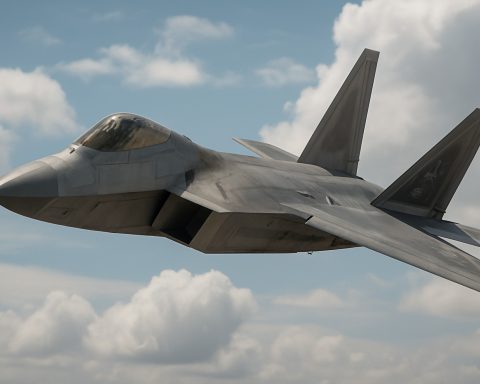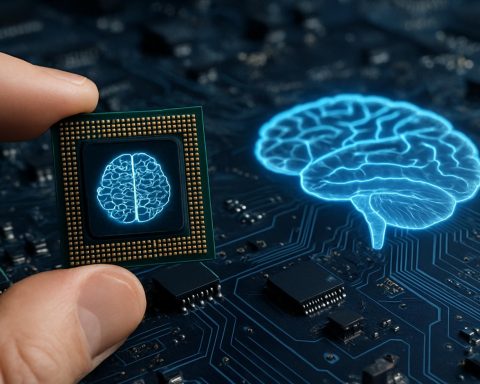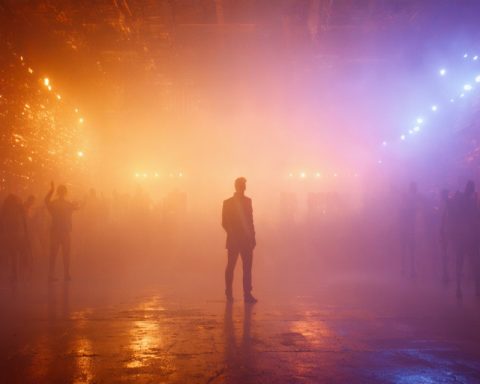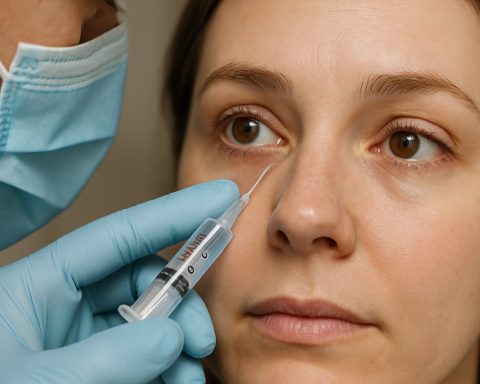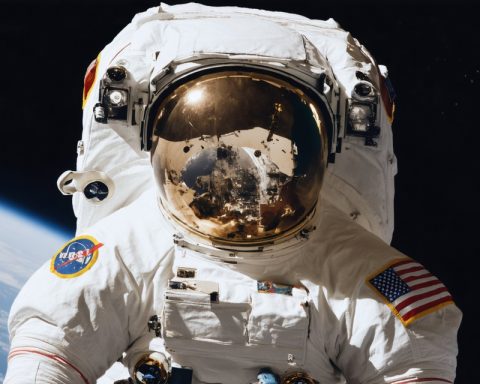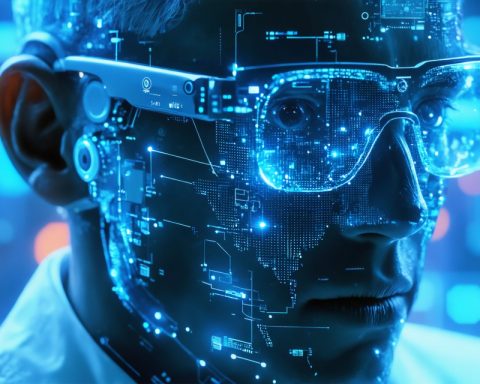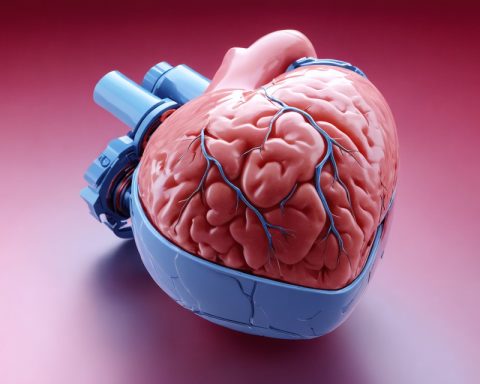- NASA astronaut Sunita Williams spent 286 days in microgravity on the International Space Station, originally planned for just 8 days.
- Extended exposure to microgravity leads to muscle atrophy, bone density loss, and increased risk of osteoporosis.
- The heart becomes sluggish in space due to the absence of Earth’s gravity, causing challenges upon return to Earth.
- Prolonged weightlessness can cause vision deterioration due to fluid shifts pressing on optic nerves.
- Space radiation impacts DNA, posing long-term health risks for astronauts.
- Returning to Earth’s gravity is physically demanding and requires an adjustment period for astronauts.
- Psychological and cognitive demands in space are significant, affecting mental clarity and sleep patterns.
- NASA’s research aims to mitigate space’s effects to ensure safe astronaut return and well-being.
- The journey through space is a profound test of human adaptability, sparking questions about aging and change.
Returning to Earth’s embrace after nearly a year among the stars, NASA astronaut Sunita Williams steps onto familiar ground, yet the gravity greets her with unexpected weight. Her tenure in the International Space Station (ISS), initially slated for a mere eight days, stretched to a grueling 286 days due to technical hiccups with the Boeing Starliner. As Earth’s gravity grips her once more, the apparent transformation sparks a wave of curiosity and concern.
In a realm where gravity loosens its hold, astronauts drift into a world free of the terrestrial tethers that maintain muscle and bone. Microgravity—the paradox of freedom that imposes its own incarcerations—wreaks a quiet havoc on the human frame. Muscles shrink, their atrophy unmistakable as fibers weaken from disuse. Bones quietly surrender density month by month, the absent gravitational resistance hastening a decline once reserved for elders on Earth. Floating among the constellations, the risk of osteoporosis amplifies, a price for a path less traveled.
While the celestial silence envelops, the heart—a resilient organ shaped by gravity’s persistent pull—finds itself bewildered. Without Earth’s invisible embrace, the heart grows complacent, sluggish in a task it no longer needs to exert for. Astronauts often discover that upon return, their hearts balk at gravity’s sudden demands, leading to dizzying reintroductions to the ground beneath their feet.
Yet it is not just the physical form that bears the cost. Prolonged weightlessness shepherds changes unnoticed by the outer eye—deteriorating vision, as the gentle fluid shifts in the body press upon optic nerves and transform clarity to a blur. Vision alters, and in some cases, the windows to the soul trade acuity for opacity.
Beyond the mirror, which suggests an inexplicable leap through time, a deeper transformation occurs at the cellular level. The environment in space exposes voyagers to radiation unfiltered by Earth’s atmosphere, its unrelenting presence agitating human DNA and towering over instincts of self-preservation.
Back home, Williams and her companions must navigate a fragile return. Grounded once more, the effects of their odyssey require more than mere days to diffuse. Readjusting to a world where gravity reigns feels a Sisyphean task—the once-ordinary act of standing, a newfound challenge. Deep fatigue, a companion of all too many spacefarers upon their return, begs questions of all who dream of bridging worlds.
Replete with demands both physical and cognitive, space challenges the subtle threads of well-being. Astronauts, isolated and yet always watched, manage the psychological storms that accompany solitude layered with necessity. In the grand silence of space, normal rhythms of day and night dissolve into a timeless, ceaseless orbit, disrupting sleep and quietly eroding mental clarity.
A journey through galaxies reveals much about the final frontier and ourselves. It is a testing ground for the human spirit, reminding each of us that the journey matters as much as the destination. NASA’s ongoing research serves not just to push boundaries but to mitigate space’s toll, aiming for humanity’s safe return from the stars to those awaiting beneath.
In questioning whether Sunita’s stint among the stars aged her, we learn instead of the remarkable adaptability inherent in all of us—an adaptability that nudges the imagination further into the cosmos, stirred by the somber questions of what it means to age, to change, and ultimately, to return home.
What Happens to the Human Body in Space? Sunita Williams’ Return Raises Critical Questions
The Impact of Space Travel on the Human Body
Sunita Williams’ extended journey aboard the International Space Station (ISS) sheds light on the profound effects space travel can have on the human body. Here are some additional insights:
How Microgravity Affects the Body
1. Musculoskeletal Changes:
– Muscle Atrophy: In microgravity, muscles are not required to support body weight, leading to decreased muscle mass and strength. To counter this, astronauts follow a rigorous exercise regime while in space.
– Bone Density Loss: Similar to osteoporosis, astronauts experience bone loss at a rapid rate of up to 1% per month due to the lack of mechanical loading in a zero-gravity environment.
2. Cardiovascular System:
– In space, the heart becomes more spherical and reduces in size a condition known as cardiac atrophy. This can contribute to orthostatic intolerance, which is difficulty standing up after returning to Earth.
3. Vision Changes:
– Known as Spaceflight-Associated Neuro-ocular Syndrome (SANS), this condition results from fluid shifts in the body, affecting the shape of the eyeball and vision.
4. Radiation Exposure:
– Space travelers face increased cancer risks due to heightened exposure to cosmic radiation, which can alter DNA and other cellular functions.
Psychological Effects of Extended Space Missions
Space missions pose several psychological challenges:
– Isolation and Confinement: The stress from isolation and lack of normal social interaction can lead to anxiety and depression.
– Disruption to Circadian Rhythms: The absence of a typical day-night cycle affects sleep patterns and cognitive performance.
Real-World Use Cases and Applications
Such knowledge is invaluable as it provides insights into managing age-related conditions like osteoporosis and muscle atrophy here on Earth. For instance, understanding muscle degradation in space can inform physical therapy techniques aimed at elderly patients.
Market Forecasts & Industry Trends
The interest in space travel and potential commercial spaceflight is booming. The private spaceflight market is projected to grow substantially, with companies like SpaceX and Blue Origin leading the charge in making space more accessible. This underscores the need for continued research into mitigating health risks associated with space travel.
NASA remains at the forefront of this research, aiming to extend human presence safely into the cosmos.
Pros and Cons Overview
Pros:
– Advances in science and technology.
– Potential for new commercial opportunities.
– Inspiration for future generations.
Cons:
– Significant health risks for astronauts.
– High costs associated with space expeditions.
Actionable Recommendations for Aspiring Astronauts
1. Stay Physically Fit: Engage in regular resistance training to prepare your body for microgravity.
2. Mental Preparedness: Learn stress management techniques and maintain strong psychological resilience.
3. Stay Informed: Follow the latest research from credible sources such as NASA to understand the risks and innovations in space travel.
In conclusion, while Sunita Williams’ extended mission highlights challenges, it also underscores the adaptability and resilience of the human spirit. For those dreaming of the stars, the journey continues, marked by curiosity and courage in the quest to explore the final frontier.



